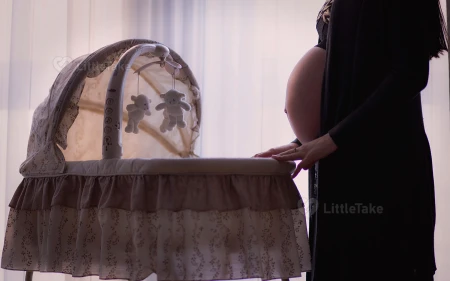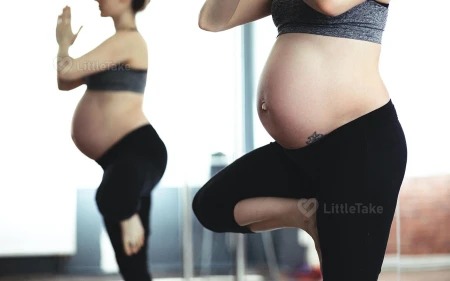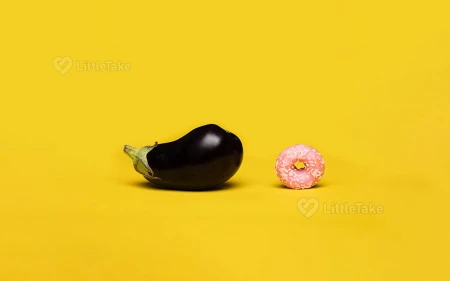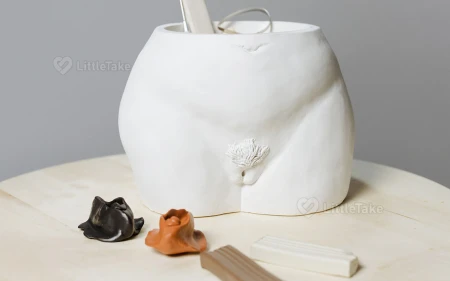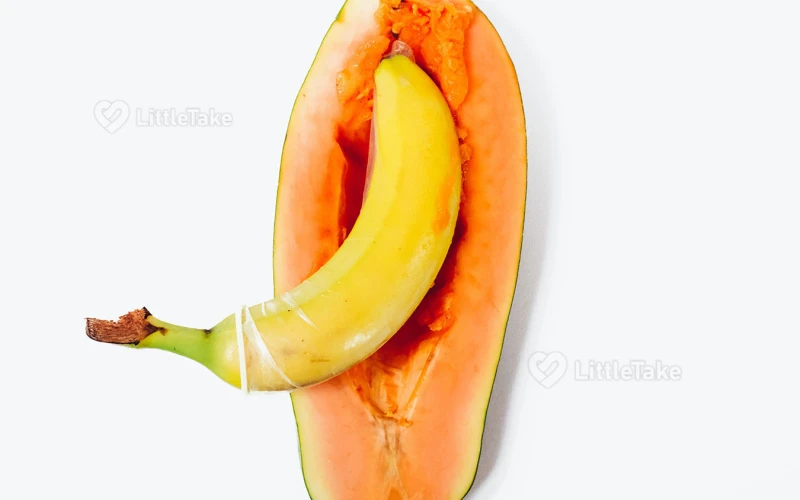
Understanding Ovarian Reserve
Ovarian reserve is the number of eggs a woman has remaining in her ovaries. Here are some things to know about ovarian reserve and fertility:
Age and ovarian reserve
Ovarian reserve declines as women age, with a sharp decline typically occurring after age 35.
Testing ovarian reserve
Ovarian reserve can be tested through blood tests that measure levels of follicle-stimulating hormone (FSH) and anti-Müllerian hormone (AMH), as well as ultrasound imaging to count the number of follicles in the ovaries.
Impact on fertility
Low ovarian reserve can impact fertility by making it more difficult to conceive, but it does not necessarily mean that pregnancy is impossible.
Treatment options
Treatment options for low ovarian reserve may include fertility medications, assisted reproductive technologies such as in vitro fertilization (IVF), or using donor eggs.
By understanding the role of ovarian reserve in fertility, individuals can make informed decisions about their family planning options.









